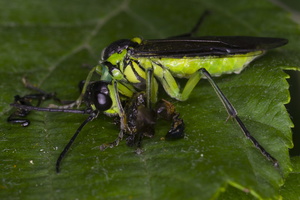- sort orderDefault
Photo title, A → Z
Photo title, Z → A
✔ Date created, new → old
Date created, old → new
Date posted, new → old
Date posted, old → new
Visits, high → low
Random - Google Map
- map
 home / Insecta · vabzdžiai / Hymenoptera · plėviasparniai / Tenthredinidae · tikrieji pjūkleliai / Tenthredo mesomela · pjūklelis
home / Insecta · vabzdžiai / Hymenoptera · plėviasparniai / Tenthredinidae · tikrieji pjūkleliai / Tenthredo mesomela · pjūklelis

-
 Tenthredo mesomela · pjūklelis
Tenthredo mesomela · pjūklelis
-
 Tenthredo mesomela · pjūklelis
Tenthredo mesomela · pjūklelis
-
 Tenthredo mesomela · pjūklelis
Tenthredo mesomela · pjūklelis
-
 Tenthredo mesomela · pjūklelis
Tenthredo mesomela · pjūklelis
-
 Tenthredo mesomela · pjūklelis
Tenthredo mesomela · pjūklelis
-
 Tenthredo mesomela · pjūklelis
Tenthredo mesomela · pjūklelis
-
 Tenthredo mesomela · pjūklelis
Tenthredo mesomela · pjūklelis
-
 Tenthredo mesomela · pjūklelis
Tenthredo mesomela · pjūklelis
Tenthredo mesomela · pjūklelis
- Common Green-Tenthredo
- Grünschwarze Blattwespe
- pilarz zielononogi
- www.sawflies.org.uk/tenthredo-mesomela/
- en.wikipedia.org/wiki/Tenthredo_mesomela
- www.inaturalist.org/taxa/1294580-Tenthredo-mesomela
A large Tenthredo with most of the upper surface black and most of the lower surface lime green. The stigma of the fore wing is black. Similar to Tenthredo mioceras. Both have green mesopleura with a subvertical black stripe. In Tenthredo mesomela the mesopleura is coriaceous above but shining below and the hairs on the head are fuscous, whereas in mioceras the mesopleura has coriaceous sculpture all over and the hairs are silvery. Also in mioceras the postocellar area is more rectangular with the front margin clearly longer than the side margins, whereas in mesomela the postocellar area is more squarish with the front margin only slightly longer than the side margin.
The adults can be encountered from May through July feeding on small insects and on nectar and pollen of flowers (especially on Apiaceae species). The larvae feed on a broad range of plants: Veronica, Ranunculus, Epilobium, Tussilago, Rumex, Salix, Heracleum, Arctium lappa, Polygonum persicaria.